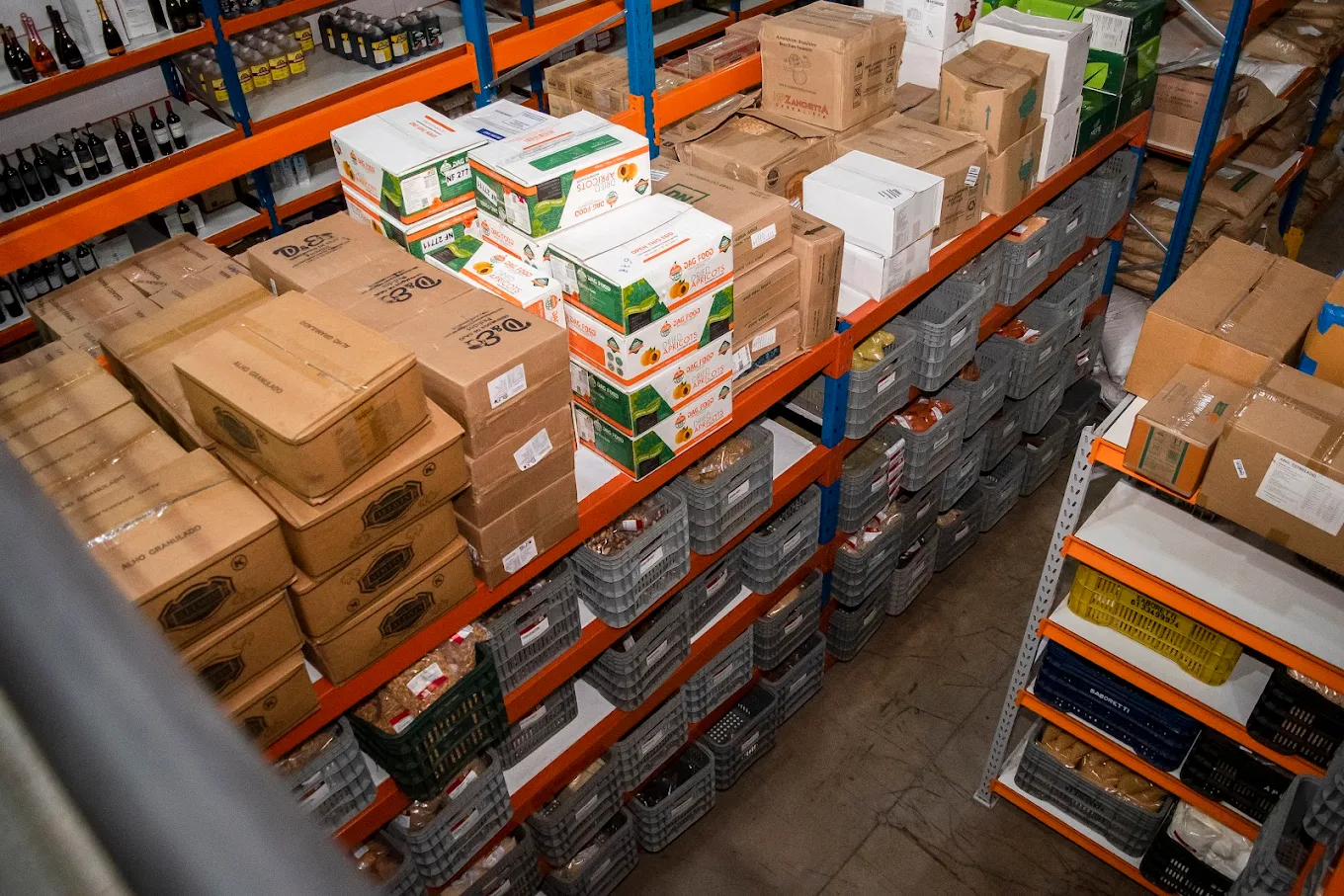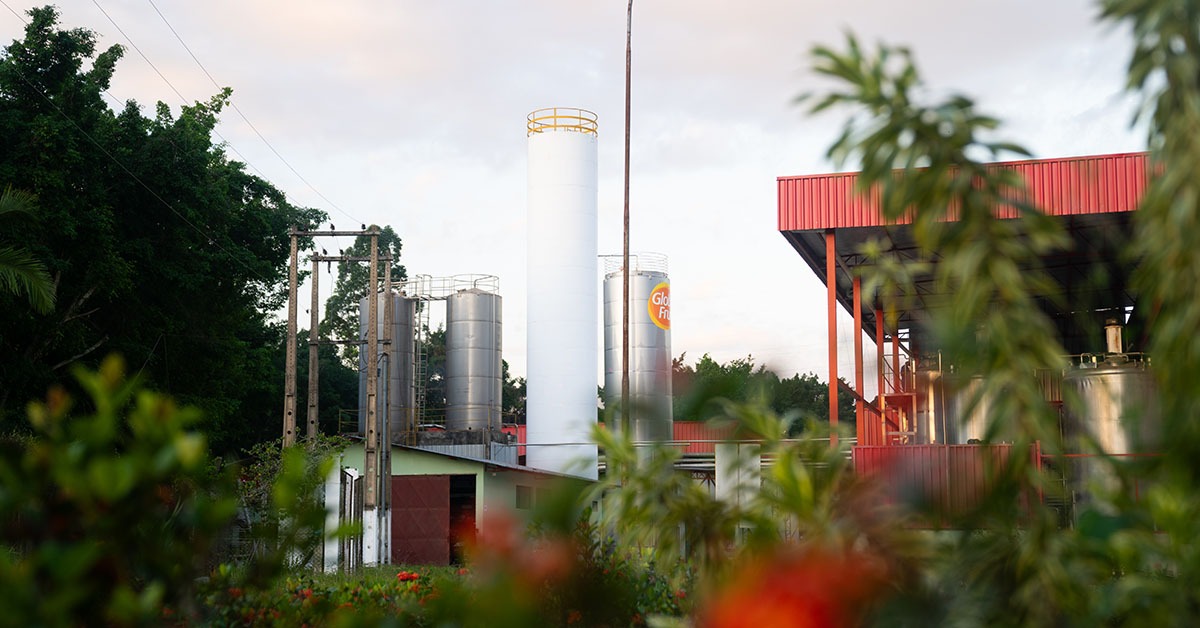U.S.–China crisis opens window for Brazil’s cold chain to grow
The recent tensions between U.S. meatpackers and China have created a strategic opportunity for Brazil to expand its role in the global animal protein market. With China placing restrictions on American suppliers, Brazil — already the world leader in beef exports — is well positioned to increase its global footprint.
According to data from ABIEC (Brazilian Beef Exporters Association), Brazil exported approximately 2.89 million tons of beef in 2024, with China and Hong Kong accounting for around 50% of that volume. This is a promising scenario — but it also highlights a key challenge: growth in exports demands a stronger, more modern, and more efficient cold chain.
It takes more than scale
Shipping meat to the other side of the world requires more than production capacity. It demands thermal precision, logistical reliability, and environmental traceability — all of which rely on a robust cold chain infrastructure.
Some key numbers reveal the scale of this challenge:
- The global cold chain market moved around USD 270 billion in 2023, with projections to reach USD 890 billion by 2030, driven by growing demand for perishable foods and stricter international sanitary standards.
- In Brazil, refrigerated logistics is one of the fastest-growing segments in agribusiness infrastructure. The domestic market is expected to reach USD 2.67 billion in 2024, with projections of hitting USD 4.31 billion by 2029.
No efficient refrigeration, no sustainable expansion
The cold chain is the invisible link between the farm and the global market. It's what ensures that the work of those who plant, raise, and produce doesn’t go to waste between the field and the shelf — whether in Brazil or abroad.
If Brazil wants to seize this strategic moment in global trade, innovation and modernization in refrigeration must advance in lockstep with the growth of agribusiness.



